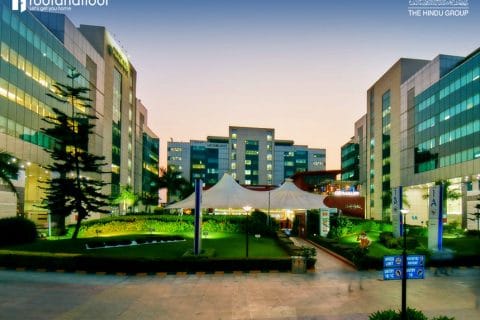Bangalore is one of Asia’s fastest-growing cities with a projected average annual GDP growth rate of 9.9% between 2020 and 2024, according to a recent report from Oxford Economics.
Economic growth means a boom in the population and Bangalore’s narrow roads, thick with unmoving traffic, are a testimony to that.
But in the 2020-21 Karnataka Budget, infrastructure development was given a significant boost with a sanction of Rs 8,772 crores. The expansion of the much-awaited suburban rail network received an allotment of Rs 500 crores out of the total in the hope that it would ease traffic and bolster economic performance.
The planned suburban railway network covers 148 km and four corridors. Overall, the end-to-end implementation of the project is expected to cost a total of Rs 18,600 crores.
Impact on people and real estate
The network with 57 stations in the offing is expected to considerably ease commuting times for many professionals who work in IT/ITeS and manufacturing as well as startups all over Bangalore. The project, expected to be operational by 2025, will spread across four corridors:
Corridor 1: KSR Bangalore – Devanahalli
Running between Krantiveera Sangolli Rayanna (KSR) station and Devanahalli, this route will cover a proposed 15 stations including areas like Channasandra, Thanisandra, Yelahanka, Bettahalasur and Doddajala.
Corridor 2: Chikkabanavara-Byappanahalli
The second route, covering around 14 stations, will connect the further reaches of North Bangalore to Whitefield, which comprise a blend of upcoming towns, villages, and established micro-markets.
Corridor 3: Heelalige – Rajankunte
The route is expected to give a massive impetus to IT parks as well as housing in Bellandur, Channasandra, and small, developing areas like Heelalige.
Corridor 4: Kengeri – Whitefield
This key route is expected to cover nine stations and link two disparate ends of Bangalore that currently struggle with connectivity.
In addition to relieving an estimated 80% of the traffic from 12 of Bangalore’s high-traffic routes, the suburban rail network will also give an impetus to the real estate along the proposed corridors.
- Increased activity across all housing and commercial segments.
- The project will give rise to not just new neighbourhoods but also affordable housing options in already established areas like Electronic City and Devanahalli.
- It is also expected to have an impact on overall property value with neighbourhoods closest to the proposed stops expected to see property prices increasing.
- It will also open up more opportunities for development in far-flung areas that were otherwise easily inaccessible.
- Land value will invariably increase in all the areas across transit stations or areas as well as the railway stops.
- Areas with reasonably good connectivity will experience more nuanced infrastructure development like the laying out of cycle tracks and bus facilities.
- Infrastructural development will be inevitable as the need for more expressways and highways will rise.





